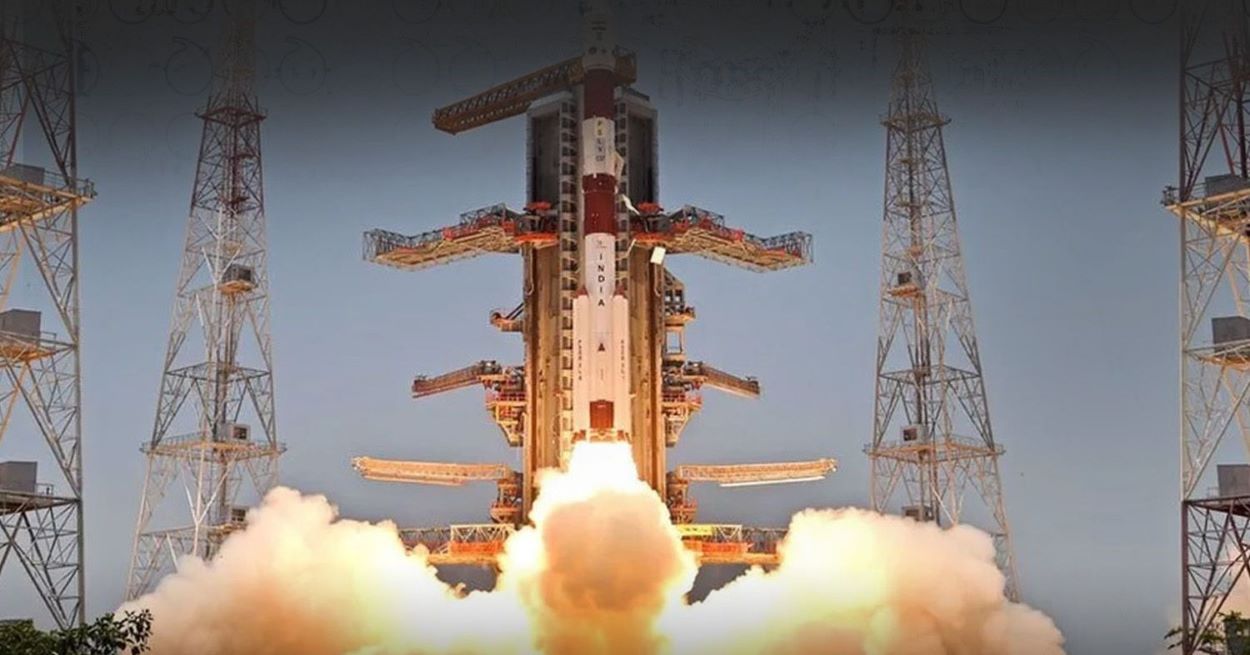India’s space program achieved another milestone with the successful positioning of its solar observation satellite, Aditya-L1. Named after a Hindu sun deity, the mission is a testament to India’s growing capabilities in space exploration.
Launched in September, the Aditya-L1 satellite has reached its destination after a four-month voyage through space. The mission primarily aims to study solar storms and other solar phenomena. Stationed at the Lagrange Point, where gravitational forces from the sun and Earth balance, Aditya-L1 is set to conduct remote sensing of the sun for five years. Its studies will focus on coronal mass ejections, significant plasma discharges and magnetic energy from the sun’s atmosphere. These solar bursts can impact the Earth and are critical to understanding and predicting space weather.
India’s entry into sun-centric missions places it among a select group of nations with similar capabilities. While NASA and the European Space Agency have been sending probes to the solar system since the 1960s, Aditya-L1 is notable as the first mission by an Asian nation to orbit the sun. The satellite also serves as a potential early warning system for solar storms, offering vital data with a lead time of about an hour.
Prime Minister Narendra Modi lauded this achievement, highlighting it as a landmark for India’s space program. India’s space endeavours, known for their cost-effectiveness, have seen several firsts, including the Mars Orbiter Mission in 2014 and a lunar mission near the moon’s south pole in 2023. With a budget of $48 million, Aditya-L1 underscores India’s ability to execute complex space missions efficiently.







